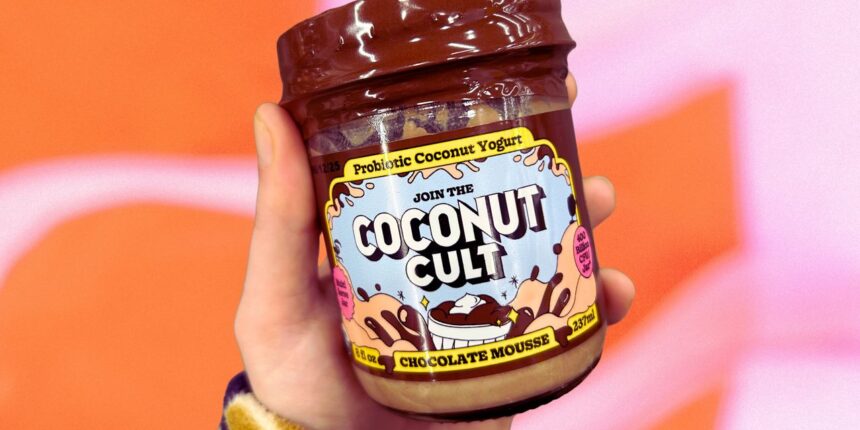First, a little more about those benevolent bugs: “They are naturally present in fermented foods”—stuff like yogurt, kimchi, sauerkraut, kombucha, and pickles—“but they can also be added to other foods or available as dietary supplements,” Amanda Averett, MS, RD, a registered dietitian at Redefined Nutrition, tells SELF. While different strains of probiotics can confer different effects, the general idea behind consuming probiotic foods and drinks “is to improve the overall gut microbiome and therefore decrease or improve symptoms within the GI tract,” Averett says—say, stomach pain, constipation, bloating, and diarrhea. In fact, probiotics may even help treat certain GI disorders, like acute infectious diarrhea, antibiotic-associated diarrhea, inflammatory bowel disease, and irritable bowel syndrome. A thriving gut microbiome can also support your immune system and boost your mood, so it’s no surprise that there’s a lot of interest in adding probiotics to your diet.
Still, they aren’t some magic elixir that can cure all ailments, and, as SELF reported previously, we still aren’t completely sure about what probiotics can and can’t do—there are a lot of factors at play that can influence outcomes, like dosages, strains, frequency of use, and more. On that note, most research has only focused on a few specific strains (like the Lactobacillus genus and the Bifidobacterium genus), and in specific amounts. (FYI, the Coconut Cult mousse contains 16 strains of probiotics divided between Lactobacillus and Bifidobacterium: L. helveticus, L. salivarius, L. lactis, L. rhamnosus, L. plantarum, L. acidophilus, S. thermophilus, B. breve, L. brevis, L. gasseri, L. casei, L. reuteri, B. longum, B. bifidum, B. infantis, L. fermentum.) Basically, there’s a lot to be learned about individual probiotics and the category as a whole, and the research is ongoing.
Which brings me to another question I had for Averett: Could taking in lots of the bugs—each serving of the Coconut Cult mousse contains 50 billion probiotics, per the company’s site—be too much for your digestive system to handle in one sitting? Meaning, could you experience GI issues if you ate too much (or even the recommended amount)?
Of course, 50 billion is a massive figure, but that number per serving isn’t beyond the pale for a probiotic product, according to Averett. Some types of food may even have more. For instance, the probiotic content in yogurt can range from 90 billion colony-forming units (CFU) to a whopping 500 billion CFU per serving, according to Harvard Health. To sum up, no, 50 billion isn’t wildly excessive. Just remember that a higher CFU count doesn’t necessarily translate to a bigger health boost.
That said, probiotics in any amount can be hard on your digestion, especially if you aren’t used to them, so regardless of the exact quantity, you can’t rule out the risk for some initial GI issues. Side effects can vary widely between people (and probiotic strains), according to Averett. For instance, the common probiotic Lactobacillus, “for me, may not cause any issue, but for my next-door neighbor, may cause a lot of gas,” she says. Obviously you can’t know in advance how your body will react, so yes, there is a chance that you could experience increased bloating, gas, or diarrhea. Thankfully, these symptoms should subside within a few days.
Read the full article here



